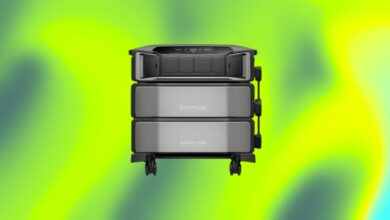Speed up your Android phone with these 7 simple hacks


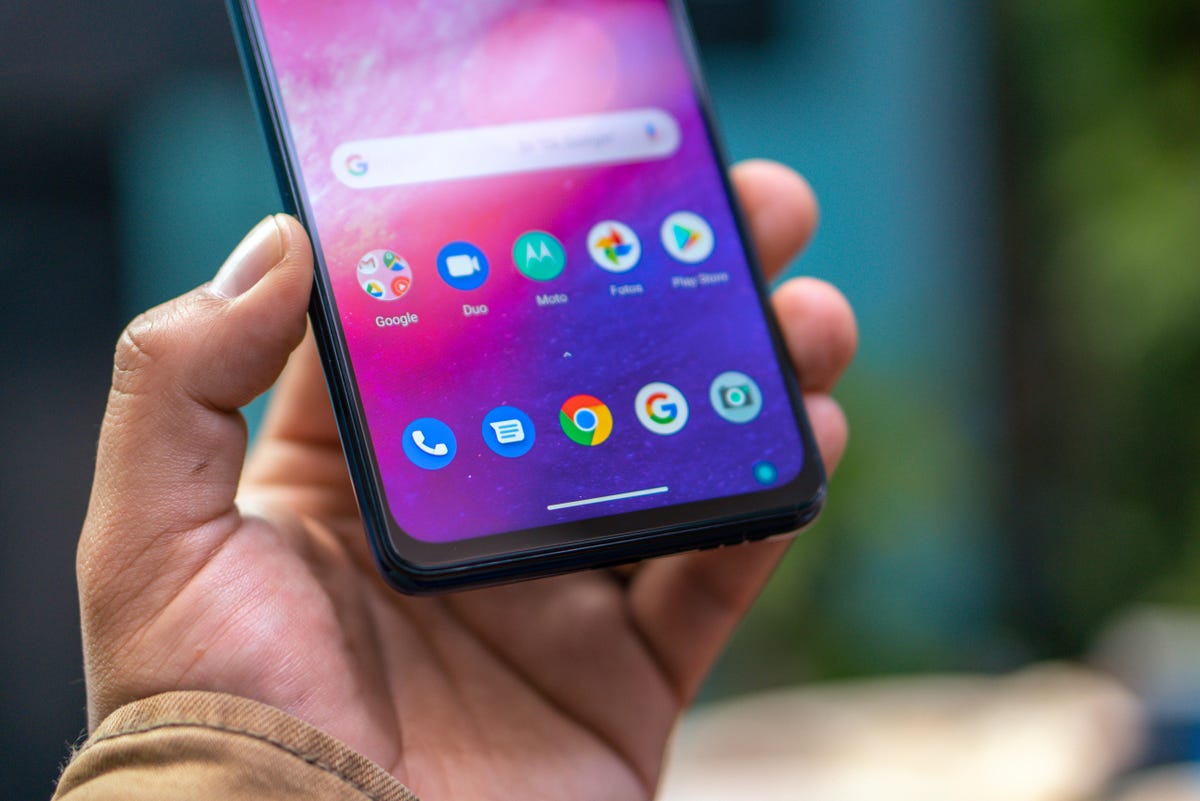
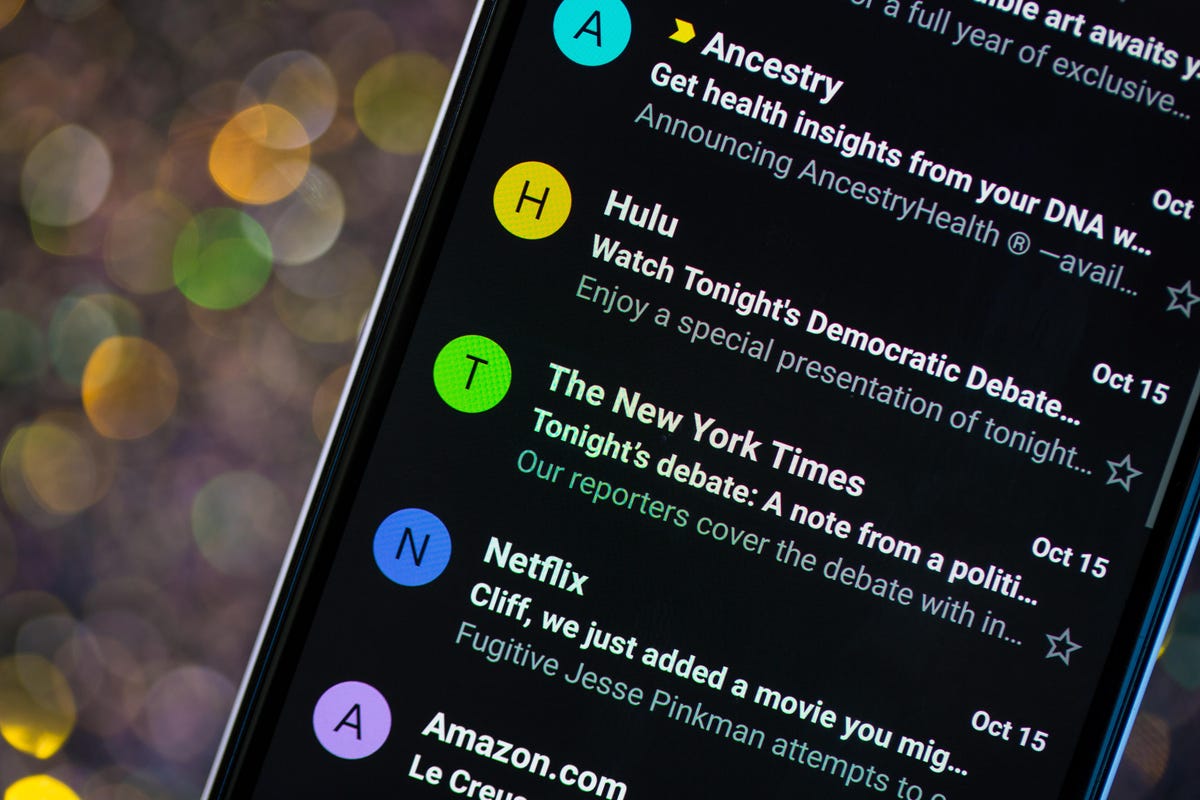
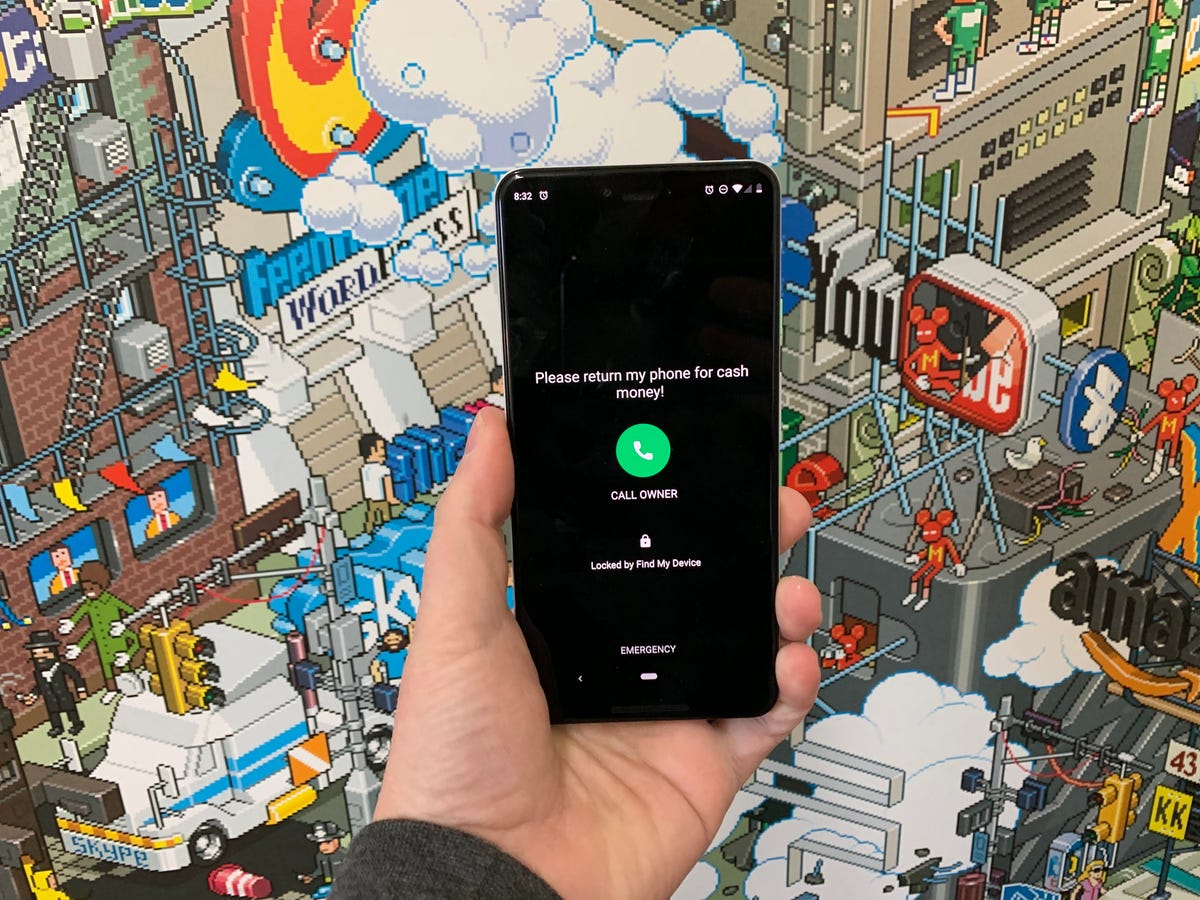
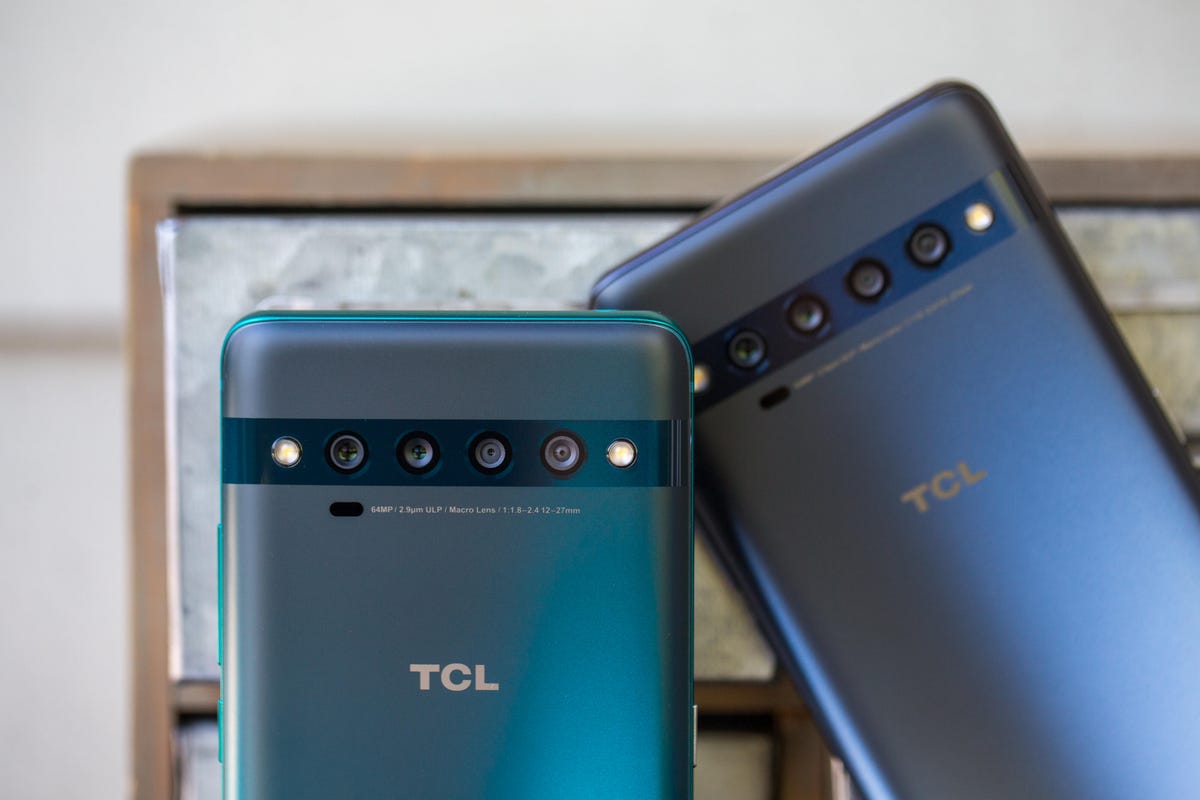
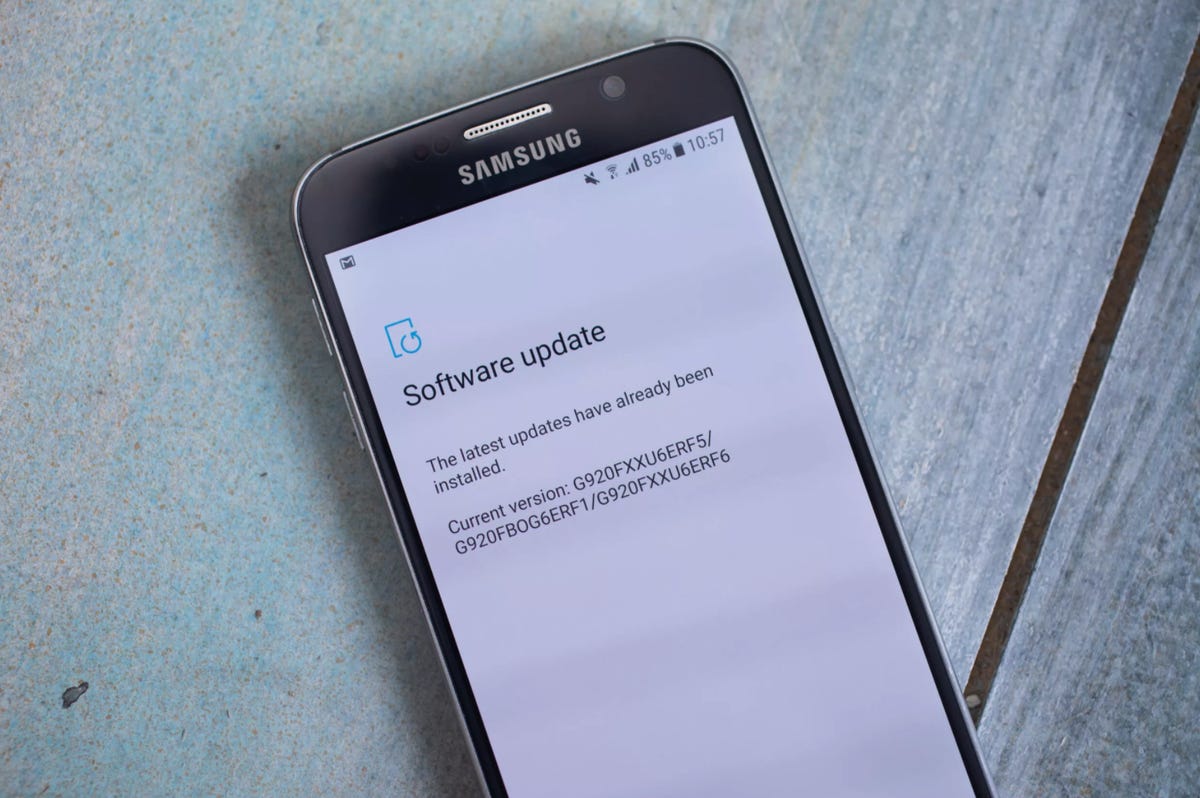
Android 15 is here. If you’re rocking a Pixel 9 or Pixel 9 Pro or any other Google Pixel smartphone, you can download it right now. Are you still using an older phone? You might be left out in the cold when it comes to Android 15. But don’t worry. You still have the chance to give your phone a software-centric makeover. In fact, there are some important tweaks you can make to your Android phone right now. So don’t despair. While others are downloading their brand new upgrade, there are still some easy ways to get your phone running like new again.
Whether you have a Samsung Galaxy, Motorola, or OnePlus, you can still optimize battery life and breathe new life into your phone by making some adjustments to your settings.

Keep in mind that there can be some differences between Android devices, and phone makers often put their own software on top of Android: certain settings may be missing or in a different place depending on the version of Android you’re using and the creator of your Android device. telephone.
Need more Android tips? Check this one out five tips to make your Android feel like new again and how to use Android’s AI Circle to search.

Too bright a screen will drain your battery incredibly quickly.
Settings to improve your battery life
Living with a phone with poor battery life can be frustrating, but there are some steps you can take to maximize every charge from the very beginning:
1. Turn off automatic screen brightness or adaptive brightness and set the brightness level slider to less than 50%.
The brighter your screen, the more battery power it uses.
To get to the setting, pull down the quick menu from the top of the screen and adjust the slider, if it’s there. Some phones may have an auto-brightness switch in the shortcut panel; otherwise, you’ll have to open the Settings app and search for “brightness” to find the setting and turn it off.
2. Use adaptive battery and battery optimization.
These features focus on learning how you use your phone, including which apps you use and when, and then optimizing the apps and the amount of battery they use.
Some Android phones have a dedicated battery section in the Settings app, while other phones (looking at you, Samsung) bury these settings. It’s a little different for every phone. I recommend opening your settings and searching for “battery” to find the correct screen. Your phone may also have an adaptive charging setting that can monitor how quickly your phone’s battery charges overnight to maintain its health.
Why you should use dark mode more often
Another way to improve battery life while saving your eyes is to use Android’s special dark mode. Every Android phone running Android 10 or newer has a special dark mode option.
According to Google, dark mode not alone reduces the pressure that smartphone screens place on our eyes but also improves battery life as less power is required to display dark backgrounds on OLED screens (used in most flagship phones) than a white background.
Depending on which version of Android your phone is running and which company made your phone, you may have to search in the Settings app to find a dark mode. If your phone has Android 10 or newer, you can enable dark mode system-wide. If it runs Android 9, don’t despair. Tons of apps have their own dark mode option in the settings that you can use regardless of whether you have Android 10 or not.
To enable dark mode, open it Institutions app and search Dark mode, Dark theme or even Night mode (as Samsung likes to call it). I suggest always using dark mode, but if you’re not sure, you can always set dark mode to turn on automatically based on a schedule, such as 7pm to 7am every day, or have it switch automatically based on your location at the time of sunset and sunrise.

Using dark mode on any phone is an easy and nice way to save battery life.
Keep your home screen free of clutter
I plan to visit the Google Play Store for one a bunch of new Android apps? Be prepared for a lot of icons on your home screen, where shortcuts end up every time you install something.
If you don’t want that, there’s a simple way out: long press on an empty area of your home screen and tap Settings. Find the option labeled something along the lines of Add icon to home screen or Add new apps to the home screen and turn it off.
Presto! No more icons on the home screen when you install new apps. You can still add shortcuts by dragging an app’s icon from the app drawer, but they won’t appear on your home screen unless you want them to.
Read more: Best Android Phones You Can Buy in 2024
Set Do Not Disturb so you can concentrate better
If your phone regularly spends the night on your nightstand, you probably don’t want it to beep or buzz every time there’s a call, message, or Facebook alert, especially when you’re trying to sleep. Android offers a Do Not Disturb mode that keeps the phone more or less silent during certain hours. On some phones this is called the Downtime setting or even Quiet Time.
Go to Institutions > Sounds (or Notifications), then search for Do not disturb or a similar name. If you can’t find it, you can search for it using the built-in search function in your settings.
Using this feature, you can set a range of hours during which you want to turn off the digital noise. But don’t worry: any notifications you receive while Do Not Disturb is on will still be waiting for you when you wake up. You can also usually make an exception to allow calls from returning callers and favorite contacts to pass through. Turn that on. If someone calls you in an emergency, chances are they will keep trying.

What someone who finds a lost or stolen Android phone will see after you use Find My Device to lock it.
Always be prepared in case your phone is lost or stolen
Is there anything worse than a lost or stolen phone? Just the knowledge that you could have tracked it down if you had enabled Google’s Find My Device feature.
To prepare yourself for a successful recovery, do the following: Open it Institutions app and then search for Find my device. It’s usually in the Security part of the Institutions app.
Or if you have a Samsung device, you can use Samsung’s Find My Mobile service Institutions > Biometrics and security > Find my mobile.
Once that’s enabled, you can go to android.com/find from any PC or mobile device and log in to your account. Samsung users can visit findmymobile.samsung.com to find a lost phone.

Losing a phone is never a fun experience.
If you’re having trouble setting this up, read our full guide to finding a lost Android phone.
Assuming your phone is on and online, you should be able to see its location on a map. From there you can make it ring, lock it, set a note on the lock screen telling whoever has it how to get it back, or, worst case scenario, erase the whole thing remotely.
And always keep your phone up to date
As obvious as it may seem, bugs and other issues slowing down your Android device can potentially be fixed with a simple software update.
Before downloading and installing the latest software update, make sure your device is connected to Wi-Fi otherwise it won’t work.
Now open the Settings application and type in Update. You’ll see then Software update or System update – choose one of them. Then just download the software, wait a few minutes and install it when ready. Your Android device will restart and install the latest available software update.

Make sure your phone is always up to date with the latest software to avoid bugs and other issues.
Of course, there is much more to learn about a new phone. Being here the best ways to boost your mobile signaland here’s a head-to-head comparison of flagship phones. Plus, check out CNET’s list of the best cases for your Samsung phone. More of an Apple fan? We have tips to improve your iPhone performanceat.


